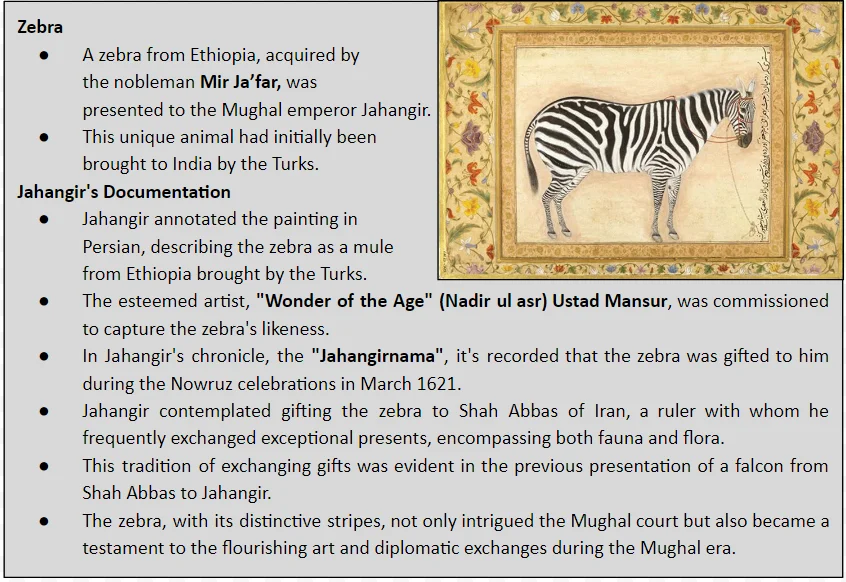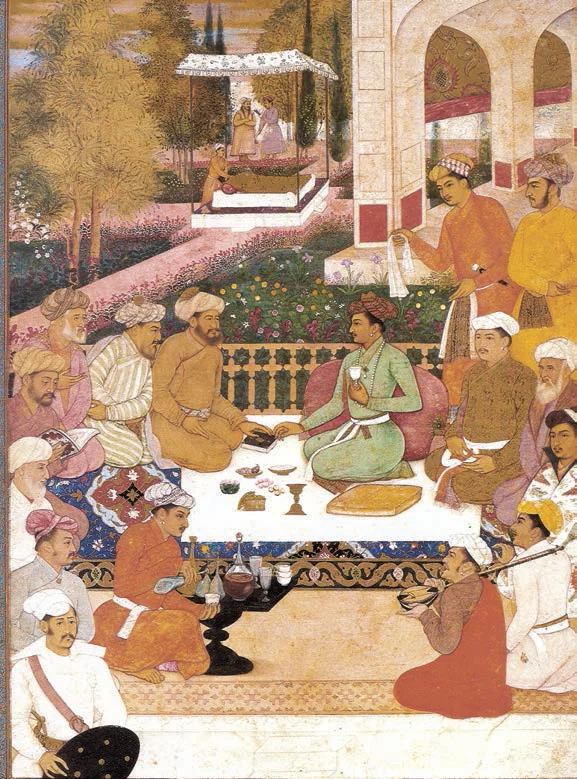![]() December 23, 2023
December 23, 2023
![]() 657
657
![]() 0
0
A miniature painting style that originated in the northern Indian subcontinent between the sixteenth and mid-nineteenth centuries. They are recognised for their refined techniques and diverse subjects, influenced by and found resonance in other Indian painting styles.
|
Mughal Painting: A Tapestry of Art and Legacy
Did You Know?
|
Influences on Mughal Painting
Contribution of Different Rulers in Mughal Paintings







<div class="new-fform">
</div>
Latest Comments